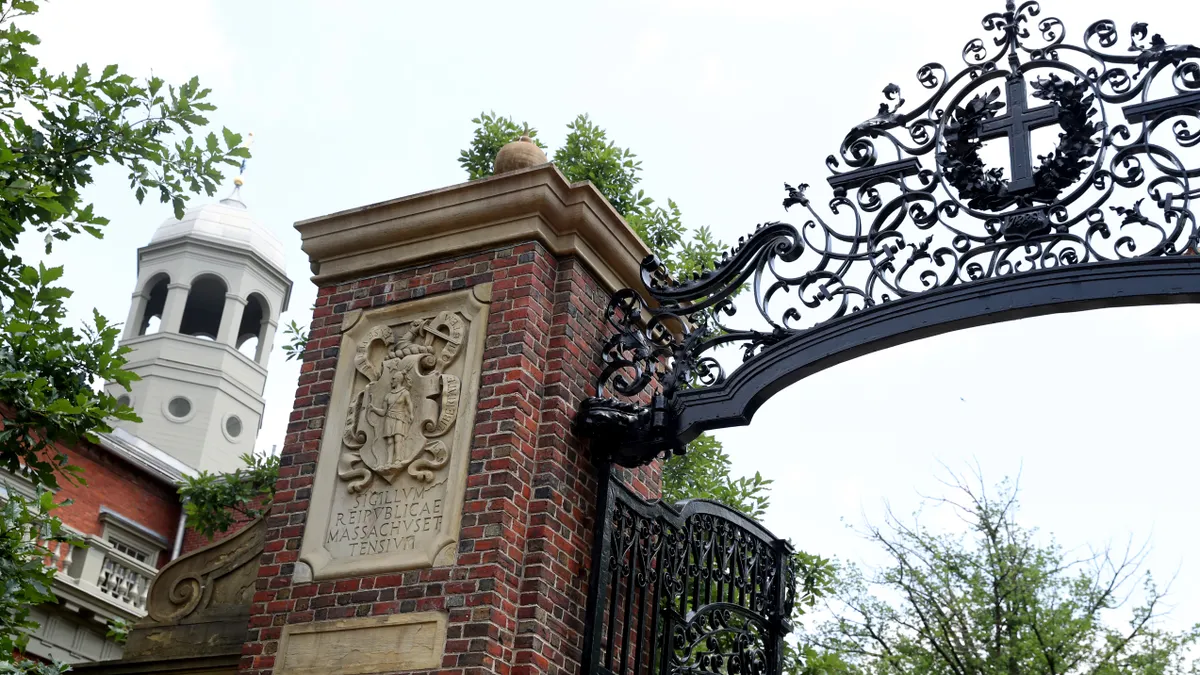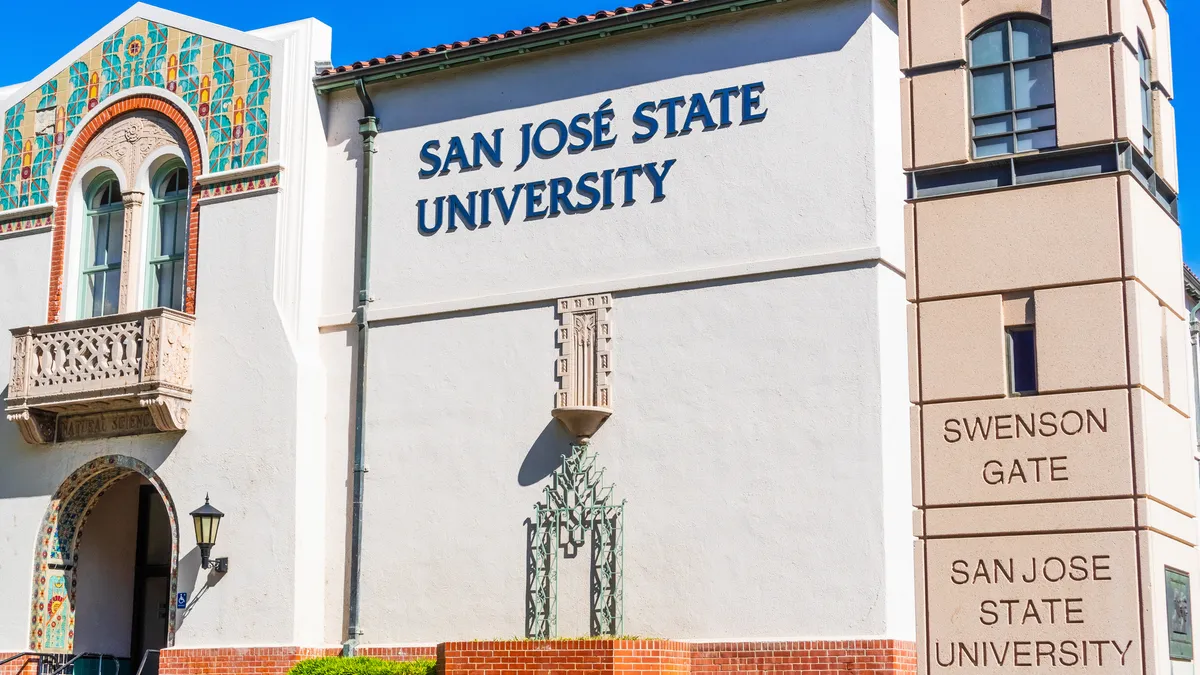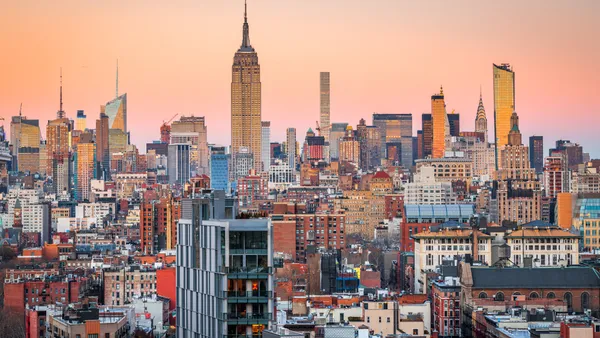Dive Brief:
- The most prestigious U.S. private colleges prioritize wealthy applicants over less affluent ones — even when the latter have similar test scores and academic qualifications.
- The higher education world knows about these types of admissions advantages, but a landmark study published Monday quantifies them. Applicants in the top 1%, for instance, are more than twice as likely to gain admission to the Ivy League and similar colleges compared to low- and moderate-income students with equivalent SAT and ACT scores.
- Researchers said that eliminating admissions policies that favor the wealthy, like legacy preferences, “would increase socioeconomic diversity by a magnitude comparable to the effect of racial preferences on racial diversity.”
Dive Insight:
The study will likely fuel the debate of how to boost equity in college admissions. That issue has been thrust into the spotlight, partially because the U.S. Supreme Court ruled against race-conscious policies last month, throwing out decades of legal precedent.
Higher education is now experiencing a reckoning as the sector figures out how to extract race from admissions.
Pundits predict the share of historically marginalized students will fall at top-ranked colleges as race-conscious policies vanish. Those applicants already aren’t well-represented on prestigious college campuses.
The analysis does not delve into racial gaps in admissions, as researchers said thorough research has been done on that subject.
However, the researchers, from Harvard and Brown universities, mined a trove of valuable data — admissions records from highly selective colleges. The researchers primarily focused on the “Ivy Plus,” which includes the eight Ivy League institutions, plus Stanford and Duke universities, the Massachusetts Institute of Technology and the University of Chicago.
They also relied on data like tax records of college students from 1996 to 2021, standardized test scores from roughly those years, and federal financial aid data.
Researchers confirmed that high-income students tend to apply to the most well-known colleges.
But they said that could only account for some of the disproportionate enrollment of wealthy students. The study identified three factors that give them an admissions boost.
The most influential of these was legacy status, which it defined as having a parent who attended or was a faculty member at a particular institution. High-income legacy applicants were five times more likely to be admitted to an Ivy Plus institution compared to their peers with similar qualifications.
And legacy applicants don’t have an admissions leg up at other Ivy Plus colleges, according to researchers. That suggests that legacy status isn’t a proxy for “other unobservable credentials that lead to higher admissions rates.”
Legacy preferences are also under fire in the wake of the Supreme Court ruling, as research has already shown they tend to help White and wealthy students. Prominent colleges like Wesleyan University and University of Minnesota Twin Cities recently dropped legacy preferences in admissions.
The other two factors that offer wealthy students an advantage are being an athlete and having nonacademic activities or traits on their resumes — 1 in 8 students from the top 1% were recruited athletes, for example, versus just 1 in 20 students from the lowest 60% income bracket.
The researchers said wealthy applicants were perceived to have stronger nonacademic factors, which can be extracurricular activities, or squishier metrics, like personality traits.
The study says that if top-ranked colleges altered their admissions policies around the three measures — eliminating legacy status, recruiting athletes across different backgrounds, and more fairly evaluating nonacademic factors — then they would make strides in boosting the socioeconomic diversity of their campuses.
Eliminating these preferences could grow the share of students attending Ivy Plus colleges from the bottom 95% of the income distribution by 8.7 percentage points.
“Importantly, the increase in socioeconomic diversity would not come at the cost of reducing class quality as judged by post-college outcomes,” the study states.















